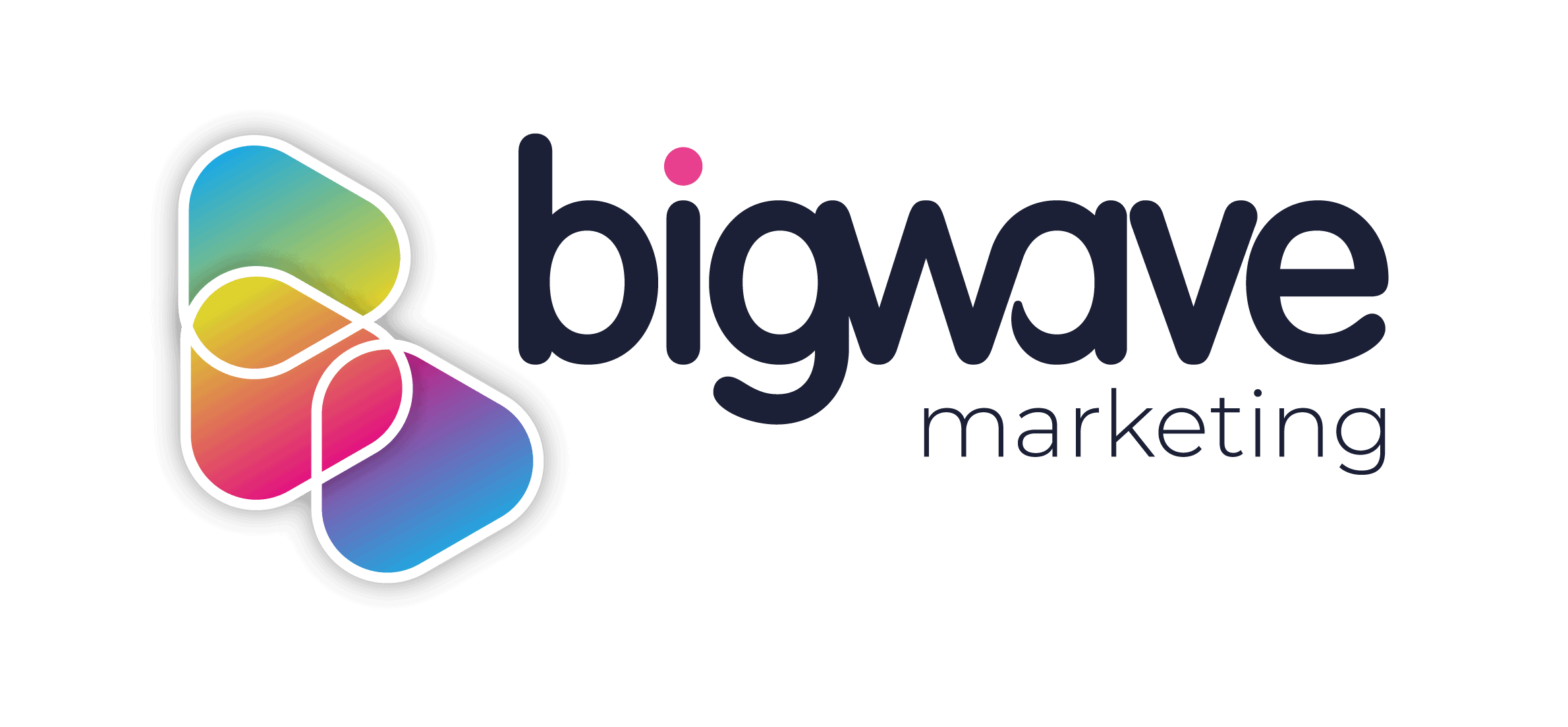In our digital age, we have a boundless amount of information at our fingertips, with potentially thousands of results coming up for a single search query.
That’s why it has become increasingly important to use paid media strategies to help reach your target audience, and ultimately grow your brand awareness and sales. It is also by far the most reliable form of lead generation.
If you’re new to the world of paid media advertising, it can be a little overwhelming. So, let’s start with – What is paid media advertising? Paid media advertising refers to external marketing efforts that involve paid media placement. This encompasses (but is not exclusive of) branded content, ‘pay-per-click’ (PPC), and display ads spanning a range of networks, but predominantly across either social media or search engines.
Search adverts target those with intent – people searching for specific information on search engines like Google and Bing. In a basic example, if you run a campaign to increase awareness and membership for a local gym, you could choose to display the campaign advert to anyone searching for ‘Gym in’ ‘town/city’ (i.e. ‘Gym in Exeter’).
Social adverts on the other hand, while being highly targeted will not always reach people that have intent, and in general cost less to run. Ads can be run on platforms like Facebook, Instagram, Twitter, and LinkedIn. Based on the amount of data these platforms have about their users (from location to interests), it is simple to ensure close matches for your display ads reach your target customer.
Now, let’s delve into when to use each in order to get the best return of investment (ROI) for your campaign…
PPC is best for captured intent
PPC is an online advertising model where you only pay when a prospect clicks on your advert. It allows you to outrank your competitors and grants full control over your audience. Moreover, it is brilliant for all businesses, whether you’re a new business looking for a boost or a large established company looking for a constant flow of business on top of organic search.
To attract potential customers the identification of relevant keywords (specific terms the consumer uses to find your product) is important. This way you can lead a highly targeted campaign via various channels such as Google Ads and Bing to provide highly efficient and cost-effective routes to reach your key markets.
Thorough research and advert optimisation increases the number of click throughs, lead conversions, and drives down the cost-per-click (CPC). At Bigwave media, we utilise different bid management strategies to manage and optimise search network advertising across Google and Bing. This ensures maximum efficiency, targeting, and the best ROI possible.
If your organisation is a registered charity you can also benefit from a £84,000 Google non-profit grant to spend on Google Ads.
Display ads are best for building awareness
Display advertising is a method of attracting the audience of a website, social media platform or other digital mediums to take a specific action. These are often made up of text-based, image or video advertisements that encourage the user to click-through to a landing page and make a purchase. Display ads are charged on a ‘cost-per-thousand’ (CPM) basis, meaning they’re only charged for every 1000 people that see the ad, and also cost effective.
They are often used for retargeting campaigns, where ads are served to users who have already visited your website, stayed on your website for a certain period of time or added your product to their basket and then left your site without completing their purchase. When someone visits your website or page, we put what is called a ‘cookie’ on their device.
We know it sounds yummy, but this is unfortunately not the edible type of cookie. This means we can target “in-market audience” these are people that may be ready to enquire or make a purchase; by “retargeting” them and encouraging them to return to the website and complete their purchase or any other action at a different stage of the funnelling process.
Branded content is an effective response to an increasingly saturated market
Branded content is a content creation tactic, typically produced through a sponsored or paid partnership between a brand and the media, that encourages audiences to engage with the brand based on its entertainment, information, and/or educational value. It can be a great way to connect audiences that may not be as susceptible to traditional ads, by impacting them in creative ways to connect with the brand.
It focuses on the values of the brand and tends to be based more on the qualities of your brand than on the specific characteristics of its offer. These contents try to impact the audience and spark conversation around your business. The key metrics to measure the success of branded content of this type focuses on the notoriety and the number of mentions.
Branded content is a very flexible concept, so it can be adapted to many different formats: video content, podcasts, interactive formats, videogames, actions on the street and events. It can also include a combination of these methods in order to tell the history of your brand. You can also utilise your own company channels to spread your message; such as your website, social media channels and newsletters.
With so many paid media advertising options available it can be difficult to decide which of these best suits your needs and makes the most of your advertising budget. As a full service digital agency with a team of experts that specialise in every facet of media advertising, Bigwave media can help you decide what method of advertising best suits you and your company.

